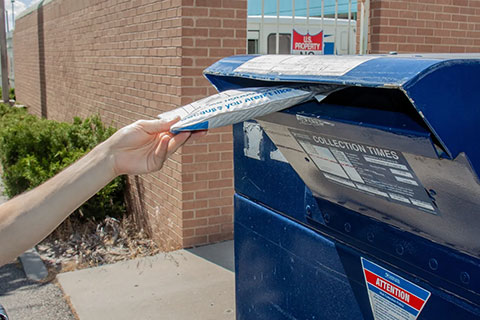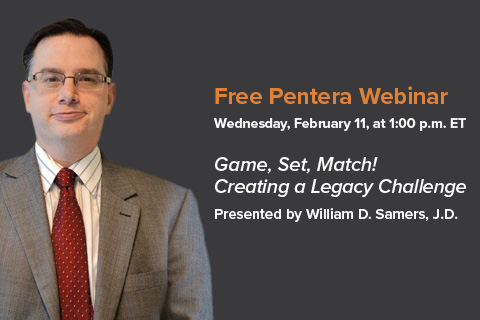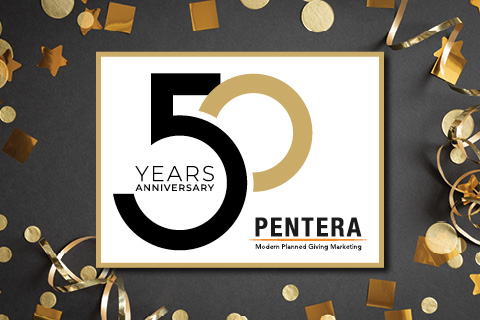
The Pentera Blog
Blending Planned Gifts with Cash Is on the Rise
Here’s a humorous true story that helps illustrate a new study’s finding that blended gifts are increasing:
Development officer to prospective donor over lunch: “I think you're a leader, and I think that you're all about leadership and that we are going to talk to you today about a leadership gift.”
Donor to development officer: “What does leadership look like?”
Development officer: “It looks like a million dollars to me.”
Donor (almost chokes on salad, then starts to laugh): “Here is what we are going to do: We are going to do a half a million in cash, and a half a million in an estate (gift). That is how I can be a leader for you.”
That story is part of a 2017 doctoral dissertation by University of San Diego student John Thomas O’Sullivan that analyzes surveys completed by more than 200 development directors plus in-depth case studies at two anonymous universities. The research looks at “hybrid gifts” (defined as gifts that combine cash with deferred gifts and considered to be synonymous with “blended gifts”) that are being sought to support university athletic departments.
The study concludes that blended gifts are increasing and that they are an effective way to “stretch” a donor to give more. The research found that such a gift can either start with a proposed cash gift and add a planned gift (as in the story above) or can start with a planned gift and add cash to it.
“Essentially working backward, development officers identified a number of strong hybrid-gift prospects by discovering donors that planned to make their first major gift as a planned gift,” the study states. “Eventually they are asked to ‘activate’ their planned gifts, i.e., donate the annual output of what the deferred gift appears likely to yield.”
The study said that the frequency of blended gifts that start with a planned gift is “counter-intuitive to what many fundraising professionals anecdotally believe—which is that once a deferred gift of any type is secured, a donor no longer continues to give.”
“Instead, the evidence points toward a deeper connection for donors—a new space—to have an opportunity to give potentially larger and more meaningful gifts,” the study concludes. The finding is consistent with a finding in The Planned Giving Study (written by Indiana University and commissioned by Pentera) that a significant percent of legacy society members make more than one planned gift.
The study found that the IRA charitable rollover is often part of a blended gift. And it identifies various indicators that the two case study universities use when deciding whether to solicit a hybrid gift. One school looks at “five critical success indicators: capacity, age, family, history, and passion.” The other school develops an “affinity score” for prospective donors to the athletic department based on “age, degree, marital status, spouse’s university, spouse’s degree, children, student engagement, game attendance, and giving history.”
The complete study, “Examining Hybrid-Gift Philanthropy in Division I Intercollegiate Athletics: A Mixed Methods Study,” is available from the National Association of Charitable Gift Planners here.


